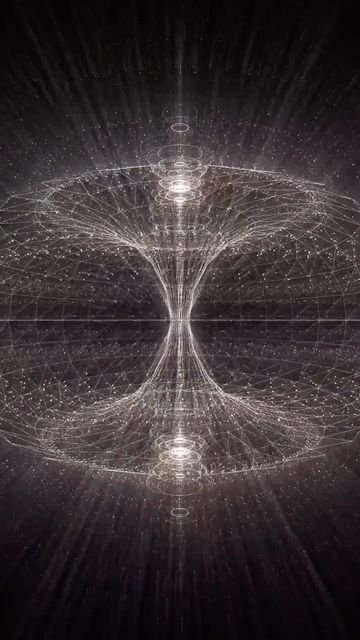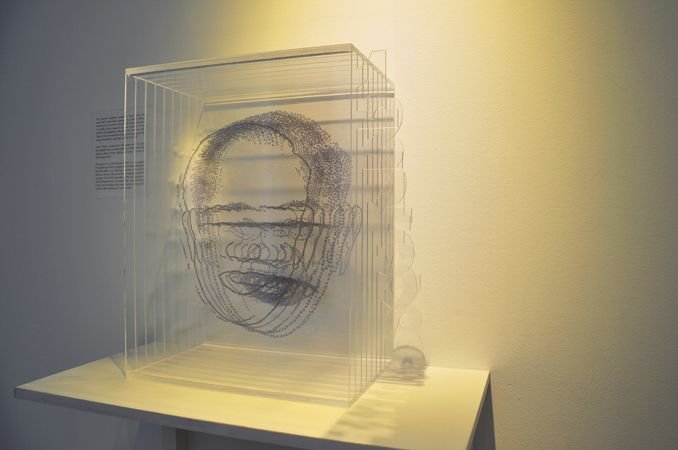Why Subconscious Journaling Matters

Emotional-Processing Layer Theory
A layered model of how emotion is felt, stored, and transformed across conscious and non-conscious systems.
In conventional neuroscience, emotions are often viewed as momentary reactions mediated by limbic structures like the amygdala, insula, and hypothalamus. However, modern integrative research—and especially the therapeutic needs of trauma-informed care—suggest that emotion is not a singular signal, but a layered system involving sensory input, memory, narrative identity, and relational resonance.
The Emotional-Processing Layer Theory proposes that emotion flows through distinct yet interwoven layers of experience, each requiring a different form of support or intervention. AI Shuyo and the Q-FIE system are designed to map, reflect, and support healing within these layers.

1. Sensory-Affective Layer
This is the first, most primal layer: raw emotion felt in the body. It includes physiological arousal, interoception (heartbeat, tension), and unprocessed affect such as panic, shame, or freeze. It is often non-verbal and pre-conscious, processed through brainstem and limbic circuits.
✧ Therapeutic access: multisensory meditation, breathwork, somatic regulation
✧ Tracked in: EmoSomn™, multisensory priming in Shuyo

2. Symbolic-Emotional Layer
Here, emotion begins to take shape through metaphor, imagery, tone, and symbolic association. It is still not always logical—but it is meaningful. This layer is where subconscious journaling, dream symbols, and poetic reflections emerge. The brain’s right hemisphere and default mode network (DMN) are highly engaged here.
✧ Therapeutic access: subconscious journaling, symbolic prompts, narrative shifts
✧ Tracked in: AI Shuyo, Symbolic Language Engine

3. Narrative-Psychological Layer
Emotion becomes part of the story of self. Here, past events, inner scripts, and beliefs about identity influence how we interpret what we feel. This layer is shaped by memory (hippocampus), schema (medial prefrontal cortex), and attachment conditioning.
✧ Therapeutic access: journaling arcs, meaning-making prompts, identity reflection
✧ Tracked in: PB-TEF™, SHEM longitudinal mapping

4. Resonance-Relational Layer
This layer reflects how our internal emotional states interact with the outer world. It’s the space of mirroring, empathy, and energetic exchange—felt through tone, rhythm, presence, or absence. It is deeply relational, often subconscious, and central to healing attachment wounds or collective grief.
✧ Therapeutic access: guided reflection, AI resonance feedback, compassionate witnessing
✧ Tracked in: Shuyo feedback patterns, user-system relational echo

Integration Through Time
Healing doesn’t occur in one layer alone. The Emotional-Processing Layer Theory emphasizes cross-layer integration. For example, when a symbolic journal entry (Layer 2) triggers a physical softening (Layer 1) or re-shapes a core belief (Layer 3), we observe meaningful therapeutic shifts.
Q-FIE and SHEM map these shifts over time—visually and structurally—helping both individuals and researchers track real emotional change without needing diagnosis or verbal disclosure.
Emotions are not problems to solve.
They are layers of energy, memory, and resonance, waiting to be witnessed in the right order.
